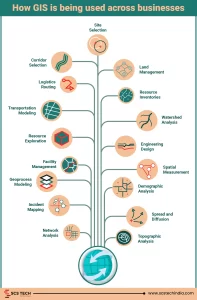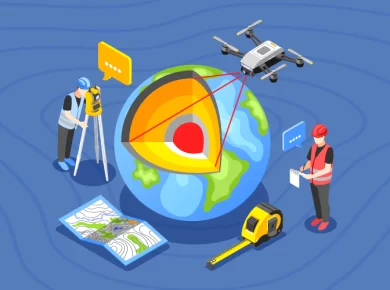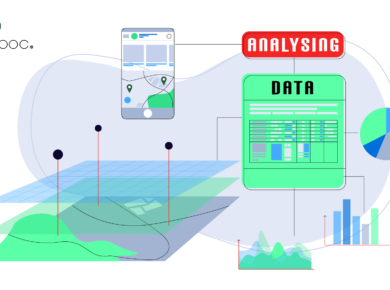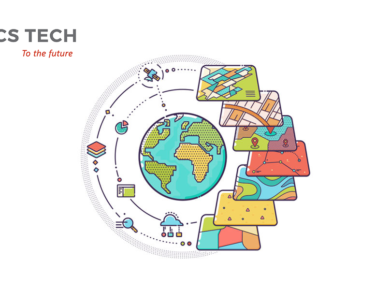Geographic Information System (GIS) showcases data through maps, offering a platform for collecting, organizing, and examining real-life situations that impact our daily routines. Scientists, corporations, and governmental bodies utilize GIS technology to tackle emerging, critical, and intricate issues.
Table of Contents
- What is a GIS platform?
- Things to keep in mind before the selection
- Types of GIS Platforms
- Selecting your Optimal GIS Development Platform
What is a GIS platform?
A Geographic Information System (GIS) platform is a potent tool that leverages location data to visually represent, analyze, and comprehend our world. Envision a digital map brimming with information, showcasing not only streets and landmarks but also multiple layers of data unveiling concealed patterns and valuable insights. This encapsulates the essence of a GIS platform.
Imagine it as a digital workspace where you merge various data types such as census data, environmental layers, infrastructure networks, and social media trends, all linked to precise locations. This wealth of information enables you to conduct robust analyses, reveal spatial correlations, and craft engaging visual representations that narrate a story clearly and effectively. Whether you’re a city planner studying traffic flows, a conservationist monitoring endangered species, or a business identifying potential customer locations, a GIS platform enables you to make well-informed decisions by gaining a deeper insight into the spatial environment.
Things to keep in mind before the selection
Choosing the appropriate platform relies on carefully assessing your project objectives and operational requirements. Before opting for it, businesses should take into account crucial aspects such as business goals, scalability, integration, and more. Additionally, they should delve deeper into the following essentials to enhance their GIS mapping platform evaluation process. Our suggestion is for businesses to consider these vital fundamentals:
- Functionality
- Performance
- Usability
- Openness and Standards
- Cost
- Security
- Vendor Stability and Support
Types of GIS Platforms
From a professional perspective, the GIS platform landscape is varied and can be classified according to various criteria.
- Based on Deployment:
- Desktop GIS – Installed software with robust capabilities, necessitating local computing resources.
- Web GIS – Cloud-based platforms accessible from any device with a web browser, typically featuring collaborative tools.
- Mobile GIS – Applications tailored for tablets and smartphones, enabling data collection and analysis while on the move.
- Grouped by Functionality:
- Geospatial Data Management: Mainly dedicated to storing, organizing, and manipulating geographical data.
- Spatial Analysis: Providing sophisticated tools for examining spatial relationships, trends, and patterns.
- Geospatial Visualization: Facilitating the development of engaging maps, charts, and other visual data representations.
- Application-Specific Platforms: Customized for particular industries or purposes such as environmental monitoring, urban planning, or resource management.
- Open-Source vs. Proprietary:
- Open-Source: Software that is freely available and modifiable, often providing customization options and community support.
- Proprietary: Licensed software that usually comes with advanced features and professional support.
- Under Development Framework:
- Platform-as-a-Service (PaaS) – Utilize cloud-based environments to create customized GIS applications.
- Software Development Kits (SDKs) – Incorporate geospatial features into current applications using libraries and tools.
Selecting your Optimal GIS Development Platform
After considering key factors and exploring various platforms, keep in mind that the ideal choice lies at the intersection of your specific requirements and priorities. Assess your project against the outlined criteria.
- Evaluate functionalities, performance, usability, and cost to make a well-informed decision.
- Feel free to dig deeper into specific platforms based on your needs.
- Use the keywords “GIS development platform” to steer your research.
Remember, this journey is yours to embark on confidently! Selecting the appropriate GIS development platform is a pivotal step in ensuring the success of your project. By recognizing your needs, thoroughly assessing your choices, and utilizing the guidance provided, you can confidently navigate the realm of geospatial exploration. Rest assured, the perfect platform awaits to be your reliable companion on this captivating journey through spatial data.










